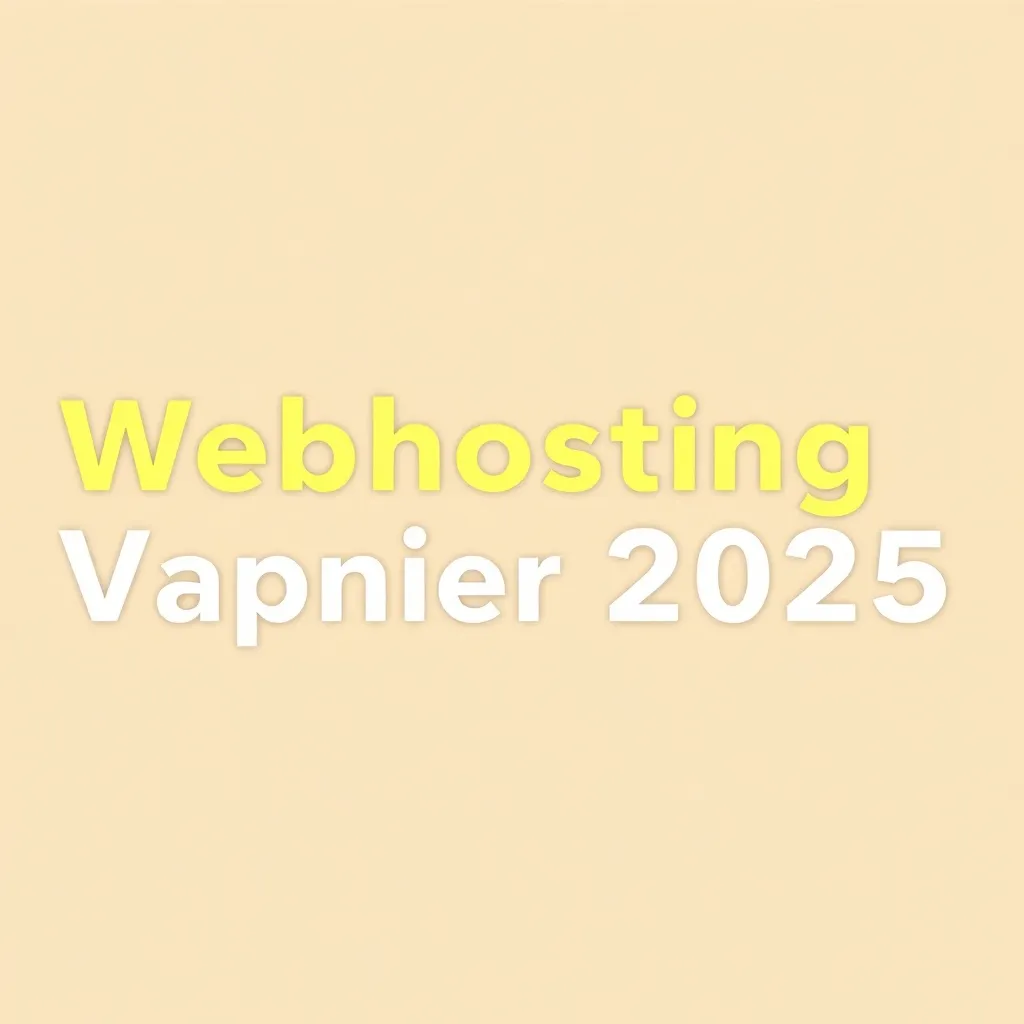Do you want to create a homepage so that you and your visitors really like it? Do you already know everything about the legal aspects of a websiteso you won't fall into the warning trap?
We will show you how to successfully launch your private or business website, which minimum requirements your site must meet.
Challenge homepage - don't miss the connection
Every day the Internet grows by countless new websites. According to information from Great Britain, there were about one billion homepages online in 2014. Here is a comparison figure: in 1995 there were only about 18,000 pages.
Hardly any company would do without its web presence, because no other communication medium offers a greater resonance space. Website creation and web design create new jobs, change marketing. Online marketing is closer to the courted target group than any print product.
No less strongly private homepages vie for the net community. Motto- and event offers, public relations for the association and private exchange of information, everything runs via the homepage and social networks.
Homepage construction - basic requirements for serious websites
Every serious website must meet two important basic requirements:
The first basic requirement is much easier to define than to implement. A homepage only becomes a successful Internet presence when it inspires the target group. A site that manages to fascinate its users can reach everyone. It secures human recognition via subscribers and by manually branching to social networks.
- But not only subscribers and the users of Google +, Facebook and Co. pay tribute by increasing the number of visitors. Search engines, above all Google, recognize the value of the "trendy" homepage through their analysis. Google reflects the quality and popularity of a homepage in its ranking.
The second basic requirement for any homepage relates to legal aspects. The Internet is not a "lawless space". National law and international agreements set the legal framework against which each site must be measured.
Guiding principle:
In the foreground of all successful websites are always the satisfaction of the visitor and the legal security of the publications. Commercial success is only an automatic consequence of solid administration work.
Overview - systematically create the homepage
The best chances to create an outstanding homepage are not given to specialized programmers, but to insiders of the target group. Solid brainstorming for your own homepage starts with the questions:
- Which topic is so close to my heart that I can shine with expert knowledge?
- What do I expect myself as a visitor of a website on my topic?
Schematically every solid homepage production divides itself into:
- Homepage planning
- Implementation
- Performance review
Planning overview:
- Thematic definition (definition of offer and target group)
- Definition of the tools (hoster, programming, building blocks, content management)
- Layout and concept (logical branching of the page, mobile usability)
- Legal requirements (for example BGB, BDSG, MDStV, UrhG, ...)
- Content offers (text content, videos, pictures, shop, ...)
- Timetable (time planning of the individual steps)
Implementation - first steps
Web page design begins with the domain identification. The best prerequisites for building a future-oriented site are offered by first-level domains whose name is already "the program". From the user's point of view, the domain name should be memorable and clearly assignable to a topic. From the point of view of SEO (search engine optimization), the choice of a first-level domain is the first of about 200 quality features for optimizing the ranking.
Easy access to the domain market is provided by the data center. The desired (still free) domain name can be easily registered via the hoster. In principle, the principle applies - whoever comes first receives the domain name. Then the domain is automatically assigned to the domain owner's portfolio. Legally, the admin takes full responsibility for what happens on the site from that moment on.
Tip for registration:
The preferential rights of third parties remain unchecked during domain allocation. (Example: protection of a trademark, a product name or a word mark).
Homepage structure - creating the basics
The most important page of a self-programmed homepage is the construction site sign. It only informs about the fact that a new homepage is being created and, for legal protection, who will be responsible for the site. Even web pages written in HTML and PHP are only visible to visitors when the basic structure is in place.
If a content management software (for example WordPress) take over the control of the homepage, the software automatically provides the basic structuring of the page. The construction site sign is no longer necessary.
Central landing zone (Landingzone) - Homepage
Central landing zone for all website visitors is always the start page. (Usually marked with Home). It provides the visitor with an informative overview of what to expect when visiting the site. The most important sub-branch also starts from the start page.
Information searches visitors in subpages for products and services. Visitors can learn more about the site operators on the "About us" subpage and through references. Almost every visitor expects to be able to contact the admin via the keyword "contact" or via the imprint. An imprint is legally binding for all administrators based in Germany.
Imprint - Minimum requirement for every homepage
The most common reason to collect an unsightly (expensive) warning is the missing or incomplete imprint. Imprint obligation applies to all websites, regardless of their orientation towards a specific purpose. The easiest way to create a legally compliant imprint is to use imprint generators.
If the web host offers such a tool, it can be assumed that the software takes into account all current requirements and is adapted in case of changes.
If the generator is searched for on the net, various lawyers put the service of a free generator online - but whether the program is regularly updated or only corresponds to an outdated legal status is difficult to assess. In this case it is advisable to have a look at the imprint of known websites. - Even if copying is otherwise not allowed, references to laws or Google-Analystic do not fall under the protection of copyright.
Layout and content - Individual homepage design
Further manual instruments for the homepage construction offer the layout, the colouring, functions and the page control. The layout is colour and functionally oriented to the target group.
Generally speaking:
A young target group likes it a little more shrill and with countless functions. Older visitors appreciate discreet but contrasting colours and the central view of essential controls.
No admin is expected to "reinvent the wheel" with his homepage. To be inspired is of course allowed and even appropriate. Suggestions for your own target group-oriented design are provided by trendy pages of the current market leaders. With their appearance they shape the subconscious perception of what the target group expects from a good site.
For inspiration, pay particular attention to the following:
Where are the central control elements located, what colour and media mix is offered by the competition pages.
- But be careful, collecting suggestions does not mean copying the layout or even the content.
Homepage design - individualization of the page
Attractive homepage design is not limited to functionality. Every admin is afraid of the individualization of the web presence. Professionals know how much work a legally compliant individualization entails. Newcomers fear above all problems with the software-sided conversion and legal security of the content offer.
To anticipate it for newcomers:
There is an easy-to-use software solution for everything, only the time screw cannot be turned endlessly. Every solid construction of a homepage always costs more time than expected or even desirable. A lot of heart and soul will flow until the first version of a solid site is ready.
Invigorate your homepage - work legally compliant
The term content includes texts, images, logos and of course animations and videos. Unique content secures the site against possible copyright of third parties and at the same time improves the SEO. Nevertheless, not every admin who would like to put a nice logo on the site can shine as a gifted designer at the same time.
Content does not always have to be bound to a specific intellectual property owner. Many artists offer their works under the Creative Commons (CC) license. Graphics, music or movies with this license are treated as common property. Everybody is allowed to use them for his homepage and often even modify them. The admin only has to consider what exactly the CC-license prescribes for the use of content.
When it comes to music, pictures and films, it is quite easy for administrators to make use of the infinite pool of CC licenses. The task becomes more difficult with written content. In this case it is either becoming an author yourself - that costs time but no money - or buying Unique Text content.
Create homepage - the most important things in one sentence
Solid homepage creation is always focused on the wishes of the visitors without disregarding applicable law.



